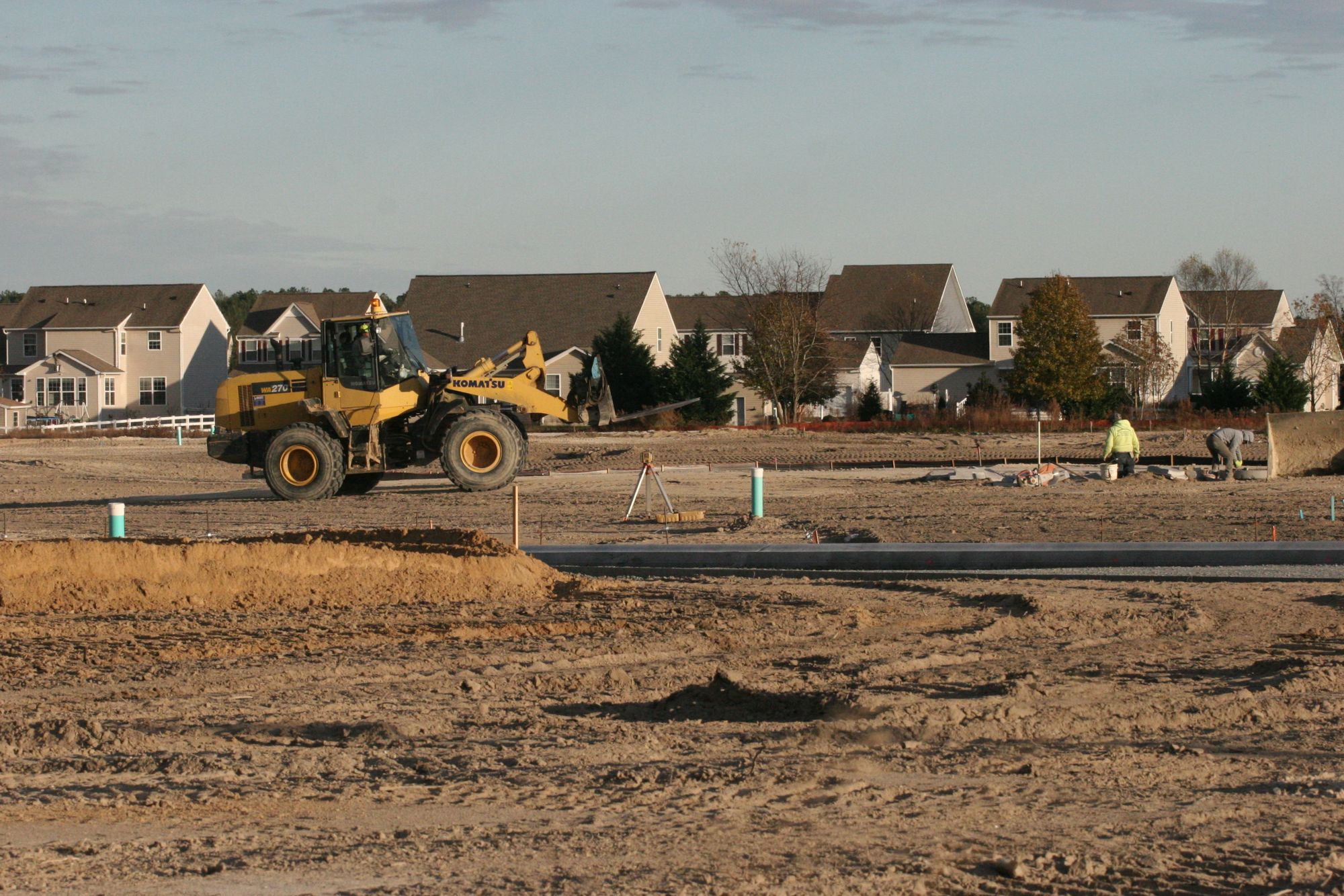The deeper story behind school fights in Laurel

By Tony Russo
The middle-schooler knew what was coming before he opened the bathroom stall door. He could hear the voices tittering outside anticipating the “ass-kicking” that had been promised him through the partition. He emerged mutely and took his lumps without returning any of the blows until a janitor walked in and broke it up, sending the crowd and the participants on their way.
Laurel school administrators spoke with the victim as part of the inquiry and that could have been the end of it, just another bullying incident in a middle school bathroom, a story probably as old as middle-school bathrooms.
When the video of the ambush made the rounds on the bus later that day, though, one of the boy’s siblings saw it and then the boy did as well. The humiliation of being beaten in front of several of his classmates had been magnified to include the entire school body and then, finally, his mother.
It is a difficult video to watch in that context and only one of more than a dozen provided to the Delaware Independent by someone concerned about what they thought was an epidemic of filming school fights in Laurel. That doesn’t appear to be the case.
According to the school, fewer students have been suspended for fighting this year than for the same period before COVID and fewer have been disciplined for having their phones out without permission.
The district doesn’t distinguish between reasons for phone violations, but it isn’t as if the staff hasn’t seen the fighting videos. Many if not most make their way into the hands of administrators, who have seen more than 15 this year. Laurel School District Superintendent Shawn Larrimore said that only 1 in 5 students has an office referral.
What likely is going on instead is an unfortunate confluence of several factors that are both a statewide and national issue, according to Brian Moore, who oversees school climate for the Delaware Department of Education.
“It’s something we’ve struggled with since coming back from the pandemic,” he said. “We anticipated (an uptick in fights) when we came back this year.”
It was with that anticipation that Teri Lawler, who leads the state’s social-emotional learning and mental and behavioral health response, got to work in early 2020 as the pandemic started closing schools. By August of that year, she and the rest of the team had a plan for reopening and dealing with the tension and ambivalence that students might feel upon returning to school.
Since then, she has continued to work on responses and collect and provide resources for schools to use as they struggle to navigate the twists and turns the pandemic has thrown their way.
Sign up for more local news from the Delaware Independent
Beyond 'regular' fighting
Tension between groups of adolescents and teenagers can always erupt into violence. It isn’t something any school administrator welcomes, but fighting is a fact of life in school.
The difficulty schools are facing now is fighting above and beyond what might be called predictable incidents. Moore said that after a year of not having to interact in person with one another, some kids have trouble adjusting to solving conflicts in person.
“A lot of times online fights continue offline,” he said.
Making that transition has been difficult and for many kids, the digital and real world have become interlocked in ways that weren’t intended when their real-world schools switched from in-person to remote and back.
Moore said that a lot of the de-escalating tactics that students tend to use naturally faded from lack of use. Instead, the tension that may have built up over the course of a year off is finding its way out now that classes have resumed.
Similarly, filming fights isn’t new, per se. When kids have phones and see fights, they very well may start filming. It’s a difficulty Moore said schools are trying to navigate.
Policies that required students to have their phones away at all times was one approach, but increasingly kids need their phones as a learning tool, which undermines attempts to ban them from common use.

Not just a local problem
Larrimore, the Laurel superintendent, was adamant that children filming fights was not an exclusively Laurel problem.
“(Laurel is) no different than any other school district in the state,” he said. “However, you know, for some reason, people just love to try to tread on the success of what our students are trying to accomplish here post-pandemic.”
Larrimore said he has plans for a new program he hopes to implement in the new year that will address some of the conflict and tension students may be feeling. He asked to keep the details private until the announcement, but enumerated other programs the district has planned for starting off the day with a more relaxed attitude.
“The first thing when they come into the door, you know, to our schools is, ‘Hey, put your mask up, put your hoodie down, put your phone away,’ and they're getting that from the jump, right?”
Larrimore wants students to have the chance to de-escalate from whatever tension or conflicts they have before school starts.
The district also participated in a management training program provided by a company called Focus 3. The company’s website presents as a success-for-CEOs type program but Tim Kight, the company’s founder and CEO, says their system has been adopted by more than 100 schools and they have a program tailored to education.
“The central concept is the same, but the words we use are specific to teachers, administrators and students,” he said.
Focus 3 proposes a formula for mitigating unwanted behavior in yourself, Event + Response = Outcome. Working from the premise that once an event happens you can’t control it, the program encourages people to focus on the way they respond to an event. The hope is that administrators can get better outcomes if they respond appropriately to adversity or to negative emotions.
“If you want to control outcomes, you have to control your response,” Kight said.
The final piece is reviewing outcomes to see whether they match up with what would be expected from the response — that is, seeing whether what was desired happened.
Responding to conflict
The parents who reached out did so with concerns about specific fights their kids were in, which may not reflect the district’s general approach to conflicts. After all, it is a very personal thing to see your child beaten for the amusement of others on the internet.
The district has discipline policies in place that cover bullying (for example) and it adjusts or retains its responses based on the outcomes.
“About five different staff members talked to my son and then they sent him back to class. No one called me,” the mother of the ambushed student told me. She did not want to be named in this story to protect her son.
She said she called the school and did get a call back from the dean of students, but never heard back from Principal Rhiannon O'Neal despite emailing her.
The school gave a different account, saying the dean of students spoke with the parent twice and the principal spoke with her once. Larrimore said parents are always notified if their child has been in a fight. He said the only exception is when the district doesn’t have an accurate phone number.
In a follow-up email about this discrepancy, the parent said nobody called her on the day of the fight, and although the dean of students did return her call the parent insisted she still has not spoken with the principal about the incident.
Larrimore emphasized that if parents aren't having success contacting the school administration they should call him directly.
Moore said some schools have instituted a special policy to specifically address students who film fights, particularly in the instances where it is clearly staged ambush-style. Larrimore said that while the district doesn’t have a policy addressing that kind of behavior directly, it would likely fall under district anti-bullying policies.
Fights are often recorded from multiple angles by multiple students and not always with malicious intent, but once the videos are made public parents may struggle for context. District policies and discipline statistics can seem beside the point, but those are the indicators available to the administration.
“I am very, very adamant that these situations are not just unique to Laurel Delaware, not just unique to western Sussex County and the state of Delaware,” Larrimore said. “It's a national issue, and I am very proud of the fact that we are putting things in place to deal with these issues.”
Resources:
Delaware Department of Education Social, Emotional, and Behavioral Well Being Homepage
Delaware Department of Education Supporting the Whole Child resource pages
Statewide School Conduct and Discipline reports
More stories:


